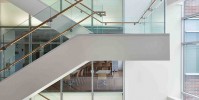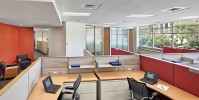Case Study: Clinical and Translational Science Building, Part 2
Video
This second article in a three-part series on the University of Rochester’s Clinical and Translational Science Building addresses the strategies Francis Cauffman used to achieve LEED Gold certification.
When designing the Clinical and Translational Science Building (CTSB) in Rochester, NY, Francis Cauffman was challenged with a two-fold mission: achieve high standards of sustainable design while addressing the functional requirements of 11 user groups with distinctly different objectives, day-to-day tasks, and schedules.
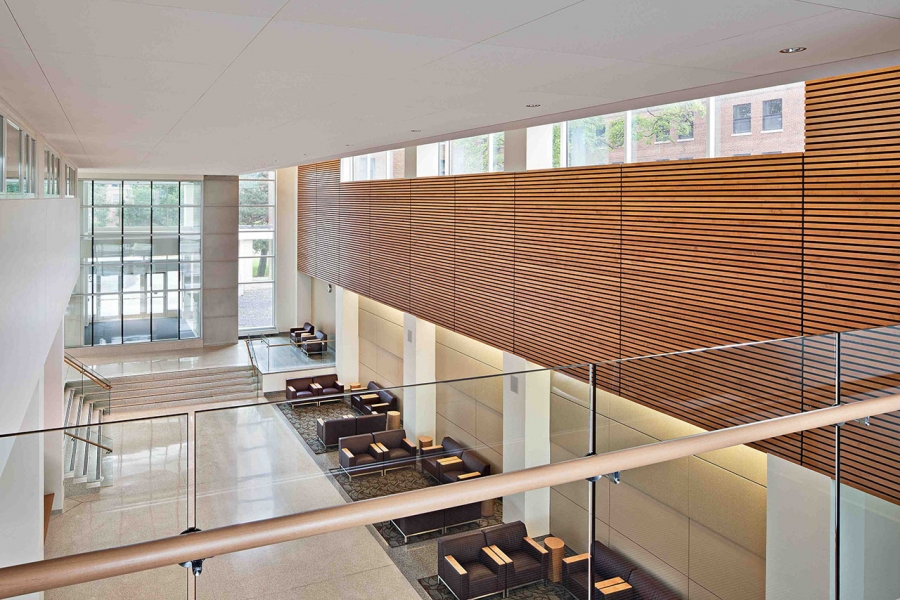 Image courtesy of Chris Cooper
Image courtesy of Chris Cooper
Located on the University of Rochester campus, the CTSB (or Saunders Research Building) houses the various departments of the Clinical and Translational Science Institute. Its occupants include clinicians, researchers, and administrative personnel, all working within one building. The goal of the architectural project was to create a central facility that would inherently encourage collaboration among various medical research disciplines and thus reduce the amount of time it takes to turn medical discoveries into approved treatments.
In order to achieve LEED Gold certification for the CTSB, Francis Cauffman used multiple strategies: high-performance window glass; enhanced insulation in the walls; an automatic daylight harvesting system; high-efficiency mechanical equipment; a heat recovery system; local materials; FSC-certified wood; water-use reduction measures; and the purchase of renewable energy credits.
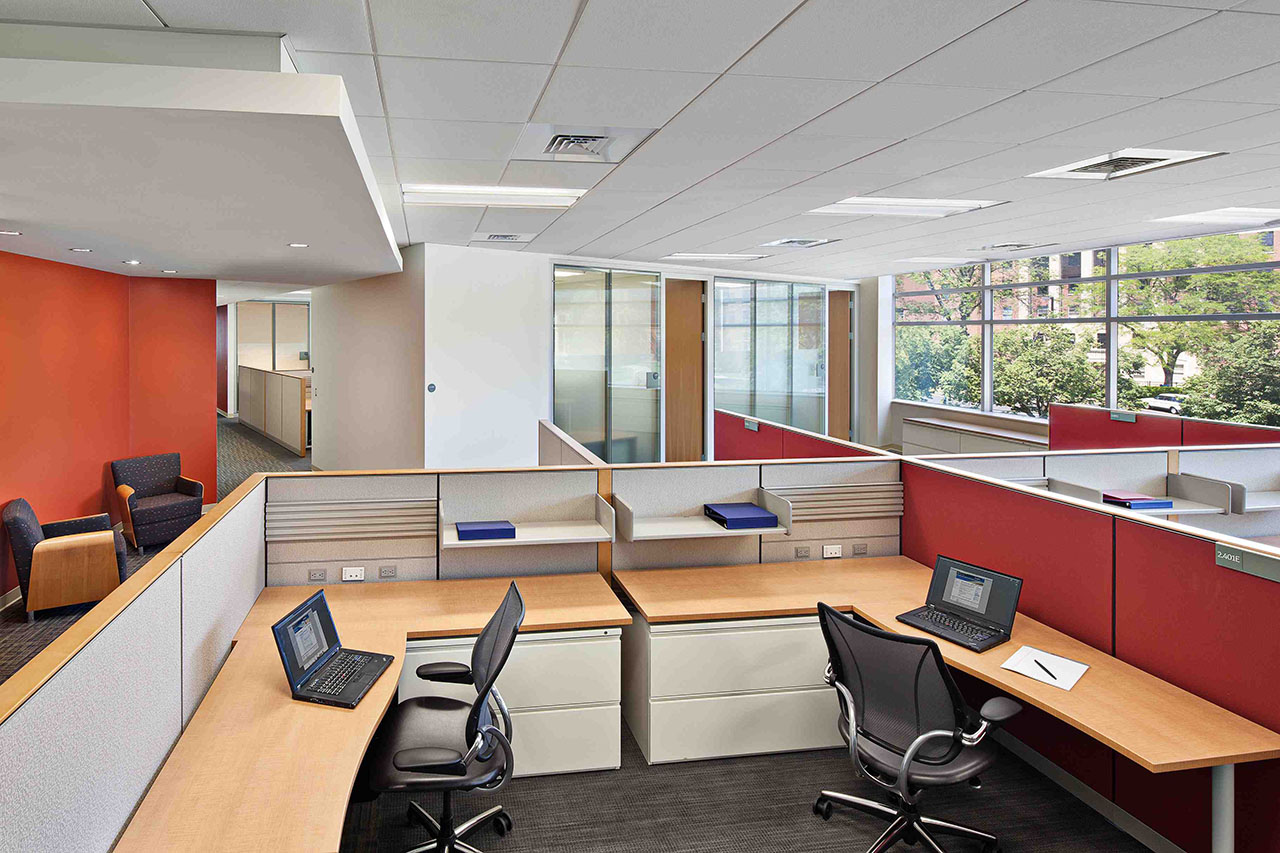
“Sustainability was a major consideration, from the earliest parts of the project to the end,” says Glen Conley, senior project manager with Francis Cauffman. “Since every project has its own specific limitations and challenges when it comes to achieving points in the LEED program, we had to remain flexible throughout the design process.”
For example, LEED’s Guidance for Multiple Buildings and On-Campus Projects posed an unexpected challenge for the project team. Because the energy for the CTSB is supplied by an institution, Conley explains, the Francis Cauffman team was limited in its ability to obtain points in this area. “Although our energy-simulation model indicated that the building will perform 18%–20% above code requirements, we were only able to claim two points in this area because the building is tied in with a central utility source.”

Despite leaving points on the table due to the nuances of the LEED program, the team still found ways to surpass the 39 points necessary for achieving gold certification while adhering to the specific design needs of the building’s occupants.
According to Conley, lighting reduction was a particular area of focus. “We went to great lengths to understand the occupants’ lighting needs in order to avoid overdesign and reduce energy consumption and glare,” he says. “We worked closely with the University to establish new standards for lighting power density, which helped us not only earn points, but also save $12,000 in annual energy expenses.”
The building design utilizes a daylight harvesting system, which uses sensors mounted on the ceilings to measure daylight and dim the electrical lighting accordingly. “Lighting is such a big portion of energy usage, and in this case our overall design strategy and use of windows throughout the building gave the harvesting system a chance to work effectively,” says Conley.
Francis Cauffman also utilized other automated controls within the building to help to reduce energy usage. “Even though the building isn’t necessarily being occupied for three shifts, we took into consideration that the staff could be working at all hours based on the nature of the work taking place within the labs and technology suites,” says Conley. “It was important for us to establish occupancy-based, adjustable systems in order to save as much energy as possible.”
“Research medical facilities are not easy candidates for LEED certification as they use a lot of energy 24/7. A LEED Gold rating is a major step forward for the University of Rochester’s commitment to being green,” stated James Crispino, president of Francis Cauffman and principal-in-charge of the project, in a company press release. By focusing on sustainability from the outset of the project, the architects created a building that has proved itself in all major areas of green design.
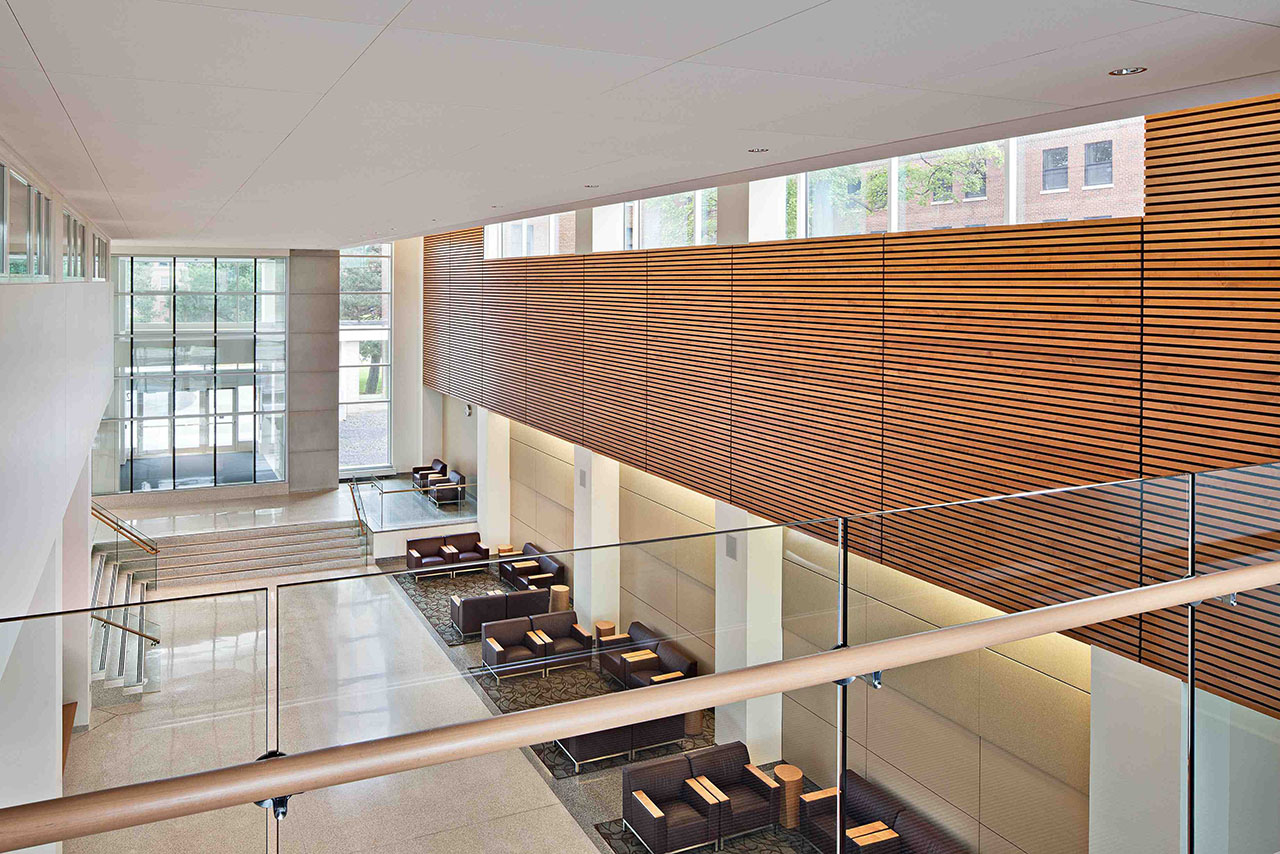

Lisa Taylor Minor
Lisa Taylor is a freelance writer and marketing consultant. She has more than 16 years of experience as a communications professional and has worked with a variety of companies in the home products and building materials industry. Originally from Memphis, TN, Lisa earned a BA in Journalism from the University of Memphis in 1995 and a MA in Journalism from the University of Memphis in 1997. She spent the first 11 years of her career working in account service for Memphis advertising agencies Thompson & Company, Oden Marketing & Design, and Carpenter/Sullivan. Lisa then spent five years in Nashville, TN, with The Buntin Group, an Adweek Top 100 U.S. advertising agency, and Louisiana-Pacific Corporation, a leading manufacturer of building materials. Lisa currently lives in Denver, CO, and is Principal/Owner of Wazee Marketing.
Website: www.wazeemarketing.com

